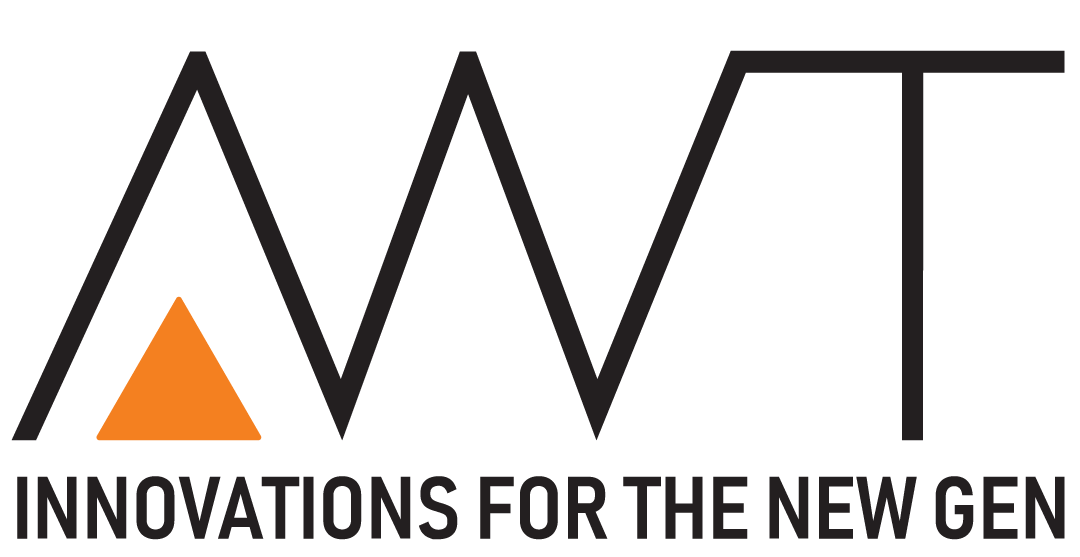Robotic Process Automation
UI / UX Design
Software Development
QA & Testing
Deliver
RPA
Our technology allows software robots to emulate human actions and automate repetitive, rule-based processes. The software “bots” interact with the existing applications and systems just like human users, so they can be integrated into a company’s existing infrastructure without the need for extensive modifications. RPA is integrated with other technologies such as artificial intelligence (AI) and machine learning (ML) to create “intelligent automation” solutions that can perform more complex tasks, such as decision-making and many more.

RPA has the ability to improve process quality while also increasing IT operations’ efficiency.
It’s time for a new approach to engagement scoping and the creation of dynamic automation.
Envisioning the end-to-end process and assessing the possibility for automation.
RPA development and deployment lifespan may be ensured by a robust blended delivery model
Strategy consulting and implementation of the Automation Operating Model.
Automating as much as feasible, and doing so in a consistent and reliable manner.
Continuous robotic app monitoring enables AI and machine learning to reach their full potential.
Robotic test automation solutions for better quality products.
Check out all of the RPA options that may be modified to meet your own company’s requirements.
You can rely on trained and experienced industry specialists to provide support 24/7
RPA Tools
- Blue Prism
- UiPath
- Automation Anywhere
RPA Tools
- Azure Automation Service
- MS Flow
- Azure Logic App
RPA Tools
- PEGA
- AutomationEdge
- AutomationEdge
RPA Tools
- WorkFusion
Cutting-edge
technologies
100+
Satisfied Customers
300+
Projects completed
Frequently Asked Questions
RPA software uses a combination of computer vision and machine learning to mimic the actions of a human worker, such as interacting with software and websites, processing data, and entering information into a database.
RPA can help businesses save time and money by automating routine tasks, increasing efficiency and accuracy, and freeing up employees to focus on more strategic, value-added activities.
We implement RPA typically by identifying the processes that would benefit from automation, selecting an RPA software solution, and then configuring and training the software to perform the desired tasks.
RPA software can be configured to meet security requirements, and the software robots can be programmed to follow strict security protocols. Additionally, RPA can be integrated with existing security systems, such as authentication and access controls, to further enhance security.
To ensure the scalability of your RPA solution, you should choose an RPA software that can accommodate your future growth and can be easily integrated with other systems. Along with this, you should have a plan in place for regularly reviewing and updating your RPA processes to ensure they remain efficient and effective over time.
Managing and maintaining your RPA solution involves regular monitoring and troubleshooting of the system, as well as updating the software and processes as needed. It’s important to have a dedicated team in place to handle the day-to-day management and maintenance of the RPA solution. Our team has the necessary technical expertise and experience to handle any issues that may arise.
RPA improves customer service by automating tasks such as answering common customer inquiries, processing customer requests, and updating customer records. This leads to faster response times and more efficient handling of customer interactions. RPA is integrated with customer service platforms, such as chatbots, to create a more seamless and efficient customer service experience.
RPA is typically used for automating repetitive and rule-based tasks, which may not involve a lot of creativity. However, some RPA software is configured to use machine learning and artificial intelligence capabilities to automate tasks that involve some degree of creativity, such as image recognition or natural language processing.
RPA differs from other forms of automation technologies such as script-based automation, and API integration as it does not require any changes to the existing systems and will interact with the system just like a human user would. RPA is used in conjunction with other automation technologies to create a more comprehensive automation solution.
As with any technology, there are some risks associated with RPA, such as security breaches, data privacy violations, and system failures. However, these risks are mitigated by implementing robust security measures, regular testing, and monitoring, and providing training to employees on how to use the system safely and securely.

